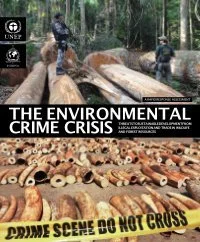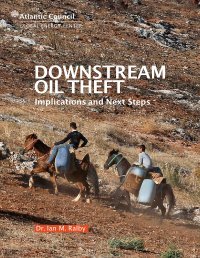By Insight Crime
This present study on Bolivia was led by InSight Crime. The findings and analysis are based on one year of open-source and fieldwork investigation in the cities of La Paz and Santa Cruz, and desk research, phone, and face-to-face interviews with environmental experts, government and security officials, members of local communities, academics, and others.1 The report provides a snapshot of the complex web of actors (state and non-state) and relationships fueling environmental crime in the Bolivian Amazon. Rather than just diagnosing the issue, the study aims to raise new dialogue and intervention opportunities regarding environmental crime in the region. This study addresses long-standing issues of securing land rights to traditional communities in the Amazon, many of which currently face new forms of land grabbing and land trafficking, notably by export companies extracting natural resources. It also includes ideas for reforming and strengthening structurally weak and corruption prone public institutions in the Bolivian Amazon, notably those related to land, environmental, and security issues. Finally, the report also sheds light on the transnational and cross-border dynamics of environmental crime in Bolivia in activities such as wildlife trafficking and illegal mercury trafficking for river-gold mining and illegal logging exports. The complexity of increasingly globalized supply chains initiating in or cutting through the Bolivian Amazon call for more and stronger regional and international cooperation to dismantle environmental crime and protect the forest and its people
Washington, DC: Insight Crime, 2024. 73p.





















